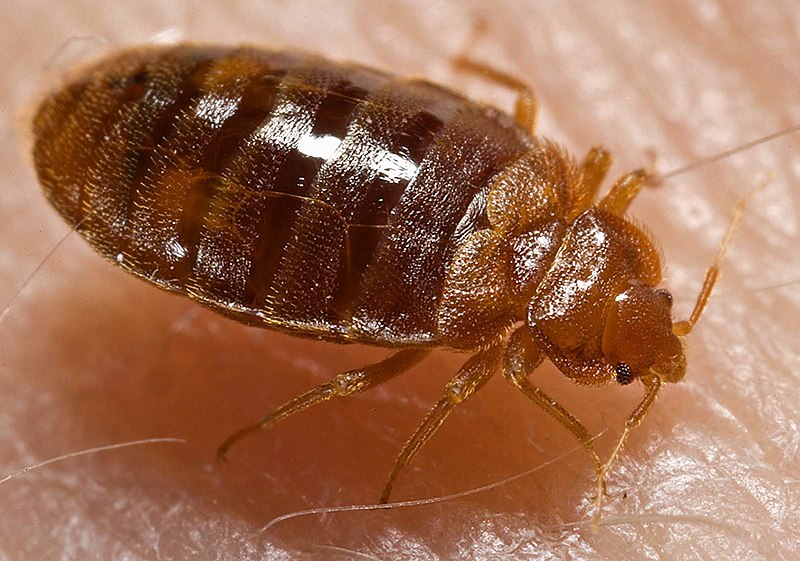Imachen:Bed bug, Cimex lectularius.jpg

Grandaria d'ista previsualización: 800 × 561 pixels. Atras resolucions: 320 × 224 pixels | 640 × 449 pixels | 1024 × 718 pixels | 1280 × 898 pixels | 1600 × 1122 pixels.
Fichero orichinal (1600 × 1122 píxels; grandaria d'o fichero: 161 kB; tipo MIME: image/jpeg)
Historial d'o fichero
Punche en una calendata/hora ta veyer o fichero como amaneixeba por ixas envueltas.
| Calendata/Hora | Miniatura | Dimensions | Usuario | Comentario | |
|---|---|---|---|---|---|
| actual | 14:11 17 may 2007 |  | 1600 × 1122 (161 kB) | Patho | == Summary == {{Information |Description=ID#: 9822 Description: This 2006 photograph depicted an oblique-dorsal view of a '''bed bug nymph, Cimex lectularius''', as it was in the process of ingesting a blood meal from the arm of a “voluntary” human h |
Uso d'o fichero
A pachina siguient emplega iste fichero:
Uso de fichers globals
Os siguients wikis fan servir iste fichero:
- Uso en af.wikipedia.org
- Uso en ar.wikipedia.org
- Uso en arz.wikipedia.org
- Uso en ast.wikipedia.org
- Uso en azb.wikipedia.org
- Uso en be.wikipedia.org
- Uso en bg.wikipedia.org
- Uso en bjn.wikipedia.org
- Uso en bn.wikipedia.org
- Uso en bs.wikipedia.org
- Uso en ca.wikipedia.org
- Uso en ca.wiktionary.org
- Uso en ceb.wikipedia.org
- Uso en cs.wikipedia.org
- Uso en cv.wikipedia.org
- Uso en dag.wikipedia.org
- Uso en de.wikibooks.org
- Uso en din.wikipedia.org
- Uso en el.wikipedia.org
- Uso en eml.wikipedia.org
- Uso en en.wikipedia.org
- Uso en en.wikinews.org
- Uso en en.wiktionary.org
Veyer mas información sobre l'uso global d'iste fichero.

